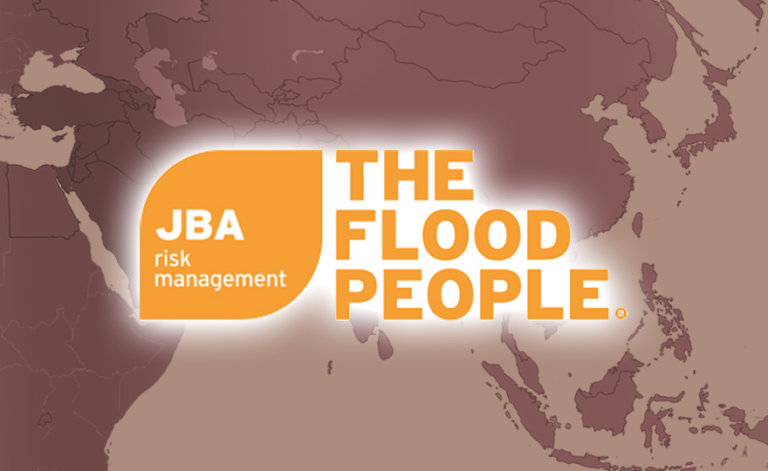Japan inland flood losses to rise 50% by 2050, JBA models show
October 26 2022 by Andrew Tjaardstra-
Swiss Re-backed Fathom touts ‘modern view of risk’ to compete in underserved APAC
- November 28
UK-headquartered flood risk intelligence firm wants to grow its presence in Singapore, Hong Kong, and China, head of insurance Harry Vardigans tells InsuranceAsia News.
-
SIRC: Verisk eyes expansion of hail risk solutions to Japan
- November 6
The data analytics provider will also roll out its flood models for Australia and New Zealand in 2027.
-
SIRC: Asia’s cat modelling challenge is addressing the gap in knowledge: Guy Carpenter
- November 3
Models used operationally in Asia Pacific need to keep pace with climate change, says Mark Weatherhead.
-
JBA to open India office amid rising demand for flood risk data
- October 28
The flood modelling specialist's new unit, JBA Risk Management India, will be based in Bangalore and led by managing director Mansi Kalra, who will relocate from Singapore.
-
QBE | Elevating customer experience, humanising claims: QBE Asia’s ‘Solutions in a Box’
Vastly improving turnaround times and personalising service delivery, QBE Asia’s award-winning, end-to-end bundled claims solutions is a game-changer for the insurance industry.
-
Beazley | What does cyber protection look like from day 1 to day 600 and beyond?
Cybersecurity is no longer just an IT concern, but a governance issue that belongs on the boardroom agenda.
-
Sedgwick | Preparing for the next storm
Insurance industry needs to recalibrate, invest in innovation and strengthen systems, talent and data practices.
-
Peak Re | From climate modelling to market opportunity: Forging a new clarity on Southeast Asia’s climate risk
Southeast Asia's protection gap: a crisis of clarity, not just capital


